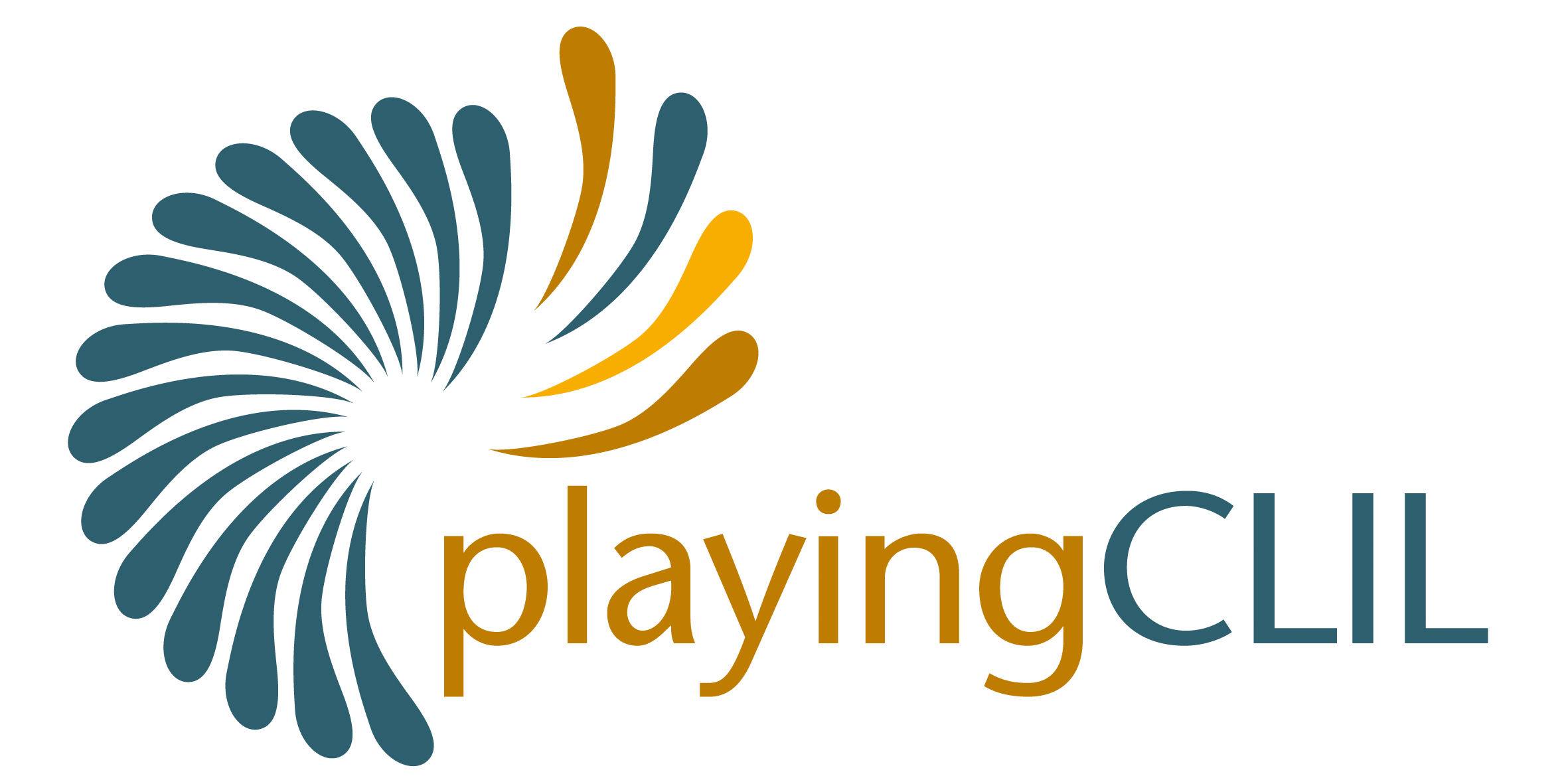CLIL PRINCIPLES
In CLIL (Content and Language Integrated Learning), where learners have to learn the content and the language simultaneously, there are some basic principles that we have identified in order to use them as guidelines for the creation and implementation of the playingCLIL methodology. These main principles are:
4 Cs
CONTENT:
the matter of the subject
COMMUNICATION:
the language learnt and used
COGNITION:
the learning and thinking processes
CULTURE:
the development of intercultural awareness and global citizenship
Types of language
LANGUAGE OF LEARNING:
the language learners will need to access the new knowledge of the subject
LANGUAGE FOR LEARNING:
the language learners will need to use during the lessons
LANGUAGE THROUGH LEARNING:
the language that will ’emerge’ through the learning process
Cognitive and linguistic demands
They can be either high or low. The combination of both types of demands
and their degrees give different learning contexts in CLIL.
Scaffolding
The process through which the teacher helps the learner get a challenge. Games can be scaffolders of the learning process in CLIL.
Interactional competence
The capacity to recognize and use unwritten rules for interaction in different communication situations and in a specific speech community or culture.
